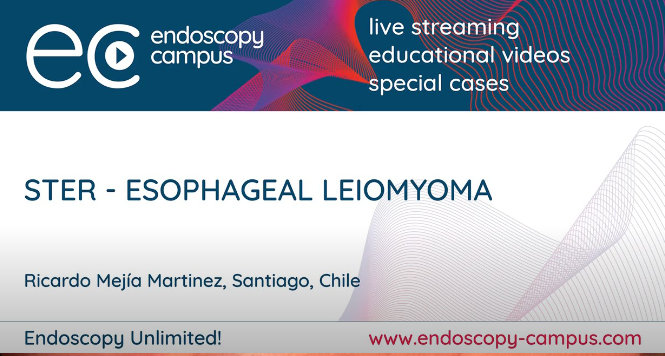Peroral Endoscopic Myotomy Is Effective and Safe for Spastic Esophageal Motility Disorders
Prateek Sharma, MD, FASGE, reviewing Nabi Z, et al. J Clin Gastroenterol 2021 Aug 1.
Spastic esophageal motility disorders (SEMDs) include a group of esophageal dysmotility conditions that are difficult to treat and often refractory to nonsurgical and/or endoscopic measures. These include type III achalasia, jackhammer esophagus (JHE), and distal esophageal spasm (DES), which cause dysphagia, regurgitation, and chest pain in many patients.
This large, single-center study prospectively followed patients who underwent peroral endoscopic myotomy (POEM) for achalasia and esophageal motility disorders from 2013 through 2019. Of the 1115 POEM procedures, 6.6% were performed for SEMDs (n=74; males, 43; mean age, 43.5 ± 16.09 years), including 71.6% (n=53) for type III achalasia and 28.4% (n= 21) for JHE/DES.
POEM was technically successful in all patients, defined as completion of the entire procedure, from submucosal injection to closure of the mucosal incision. Clinical success was defined as an Eckardt score ≤3, measured at months 1, 3, and 6 and every subsequent year after the procedure, and an improvement in postmyotomy integrated relaxation pressure (IRP) on manometry measured at month 3. Early clinical success was seen in 97.3% of patients at the 3-month follow-up. Median IRP after myotomy was 11 mmHg (7.8-13.4) for all patients, 11.8 mmHg (9.4-14.4) for type III achalasia, and 7.6 mmHg (6.1-10.1) for JHE/DES. The proportion of patients who completed short-term (1-3 years), medium-term (3-5 years), and long-term (>5 years) follow-up were 82.4%, 56.7%, and 31.5%, respectively. Long-term clinical success was reported in 82.6% (n=19) of 23 patients at >5 years. Moderate adverse events were reported in 4.1% (n=3) of total patients, including mucosal barrier failure (n=2) and delayed bleeding (n=1). At 3-month post-POEM follow-up, GERD was identified in 56.1% (n=36) of patients who underwent 24-hour pH impedance testing. In addition, 21.1% (n=16) of the study participants reported GERD symptoms, and erosive esophagitis was identified in 48.6% (n=36) of patients.

COMMENTPOEM can safely and effectively be used to treat spastic esophageal conditions, including type III achalasia, jackhammer esophagus, and diffuse esophageal spasm. Short-term efficacy is >95% but drops to 80% at 5 years. The challenge of GERD after POEM persists in more than 30% of treated patients.
Note to readers: At the time we reviewed this paper, its publisher noted that it was not in final form and that subsequent changes might be made.
CITATION(S)
Nabi Z, Chavan R, Ramchandani, et al. Long-term outcomes of per-oral endoscopic myotomy in spastic esophageal motility disorders: a large, single-center study. J Clin Gastroenterol 2021;55: 594-601. (https://doi.org/10.1097/mcg.0000000000001395)


